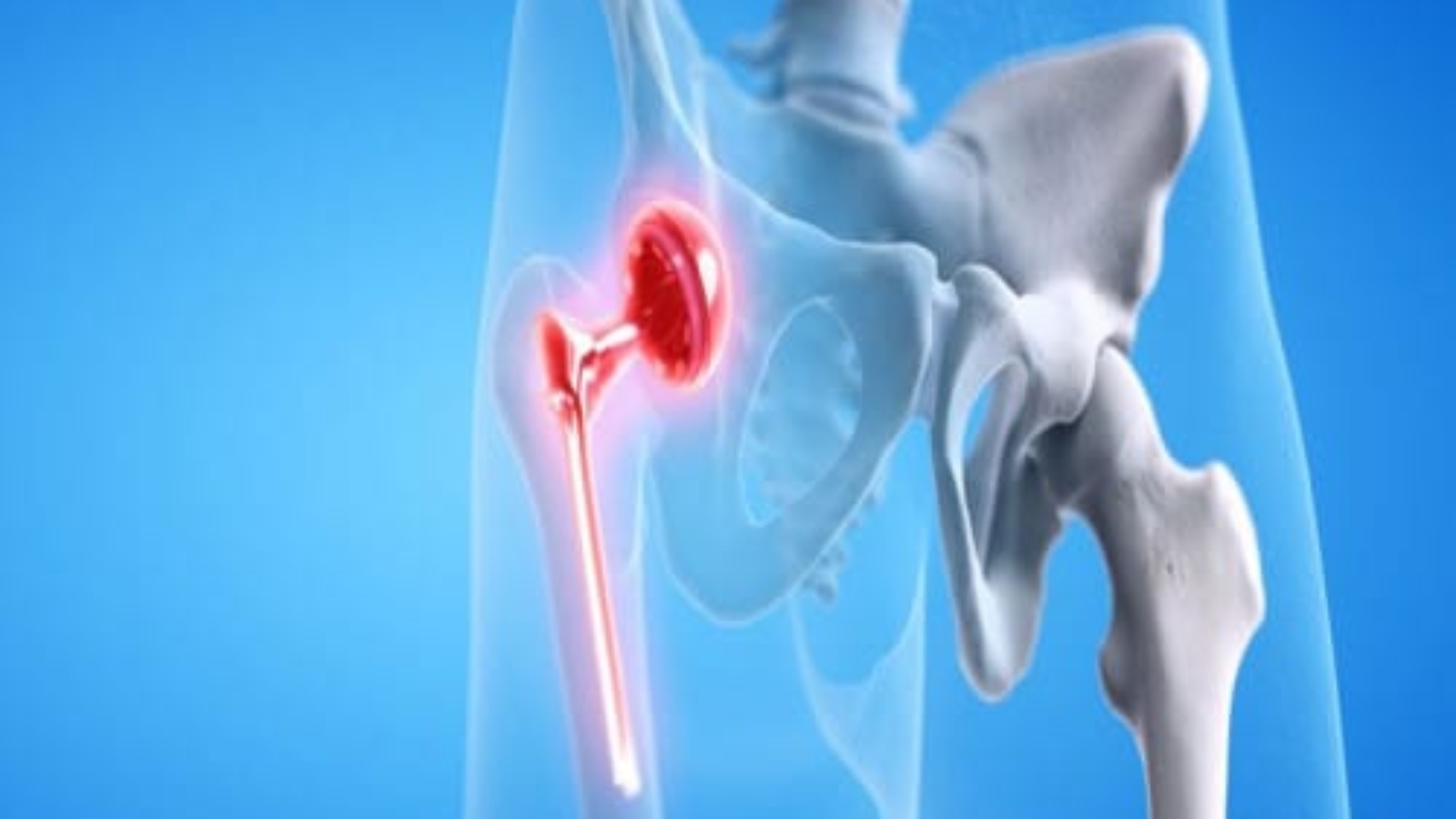As we know by now, additive manufacturing technology has been around for a while and is evolving every day, but design is still the key to unlocking the full potential of this technology. Considering this, researchers at Delft University of Technology (TU Delft) have published their recent work on the optimal design of 3D micro-architected implants. In this work, the researchers push the boundaries of the optimal design of orthopedic implants. The optimized micro-architected implants, which are suitable for additive manufacturing, result in a significant increase in performance compared to a conventional solid implant design.
 The design and performance of a) solid, b) uniform lattice, and c) optimized heterogeneous lattice titanium implants in terms of local bone remodeling and the Hoffman interface stress risk indices.
The design and performance of a) solid, b) uniform lattice, and c) optimized heterogeneous lattice titanium implants in terms of local bone remodeling and the Hoffman interface stress risk indices.
Recent advances in 3D printable micro-architected materials offer untapped possibilities for the development of highly-tailored orthopedic implants. The implants, which are typically made from fully solid materials, significantly alter load transmission to the surrounding bone tissue, potentially leading to interface instability and bone resorption. In this work, the researchers present computational, gradient-based numerical optimization methodology to automatically synthesize 3D, patient-specific, implants with heterogeneous micro-architecture. Their method simultaneously minimizes the risks of load-induced interface fracture and peri-prosthetic bone remodeling, while keeping functionality and manufacturing constraints top of mind.
Manufacturing on Demand
First, the researchers developed a novel parametric micro-architecture with desirable functional attributes and a wide range of effective mechanical properties, including both positive and negative Poisson’s ratios. The researchers then presented formulations that optimize the spatial configuration of micro-architecture parameters in order to simultaneously minimize the risk of load-induced interface fracture and post-operative bone remodeling. To that end, a novel bone remodeling objective is devised, taking into account both bone apposition and resorption, predicted via a model based on strain–energy density. The interface fracture objective is defined as the maximum value of the multi-axial Hoffman failure criterion along the interface.

The procedure is applied to the design of 3D titanium hip implants with prescribed conventional geometries and compared, in silico, to both a conventional solid implant and a homogeneous low-stiffness lattice design. The optimized, 3D micro-architected implant results in a performance improvement of 64.0% in terms of bone remodeling, and 13.2% in terms of interface fracture risk, compared to a conventional solid implant design.
The research is published, open access, in the journal of Computer Methods in Applied Mechanics and Engineering, June 2022.
You might also like:
REGEMAT3D raises €515,402 in second round of equity crowdfunding:
* This article is reprinted from 3D Printing Media Network. If you are involved in infringement, please contact us to delete it.
Author: Edward Wakefield


Leave A Comment